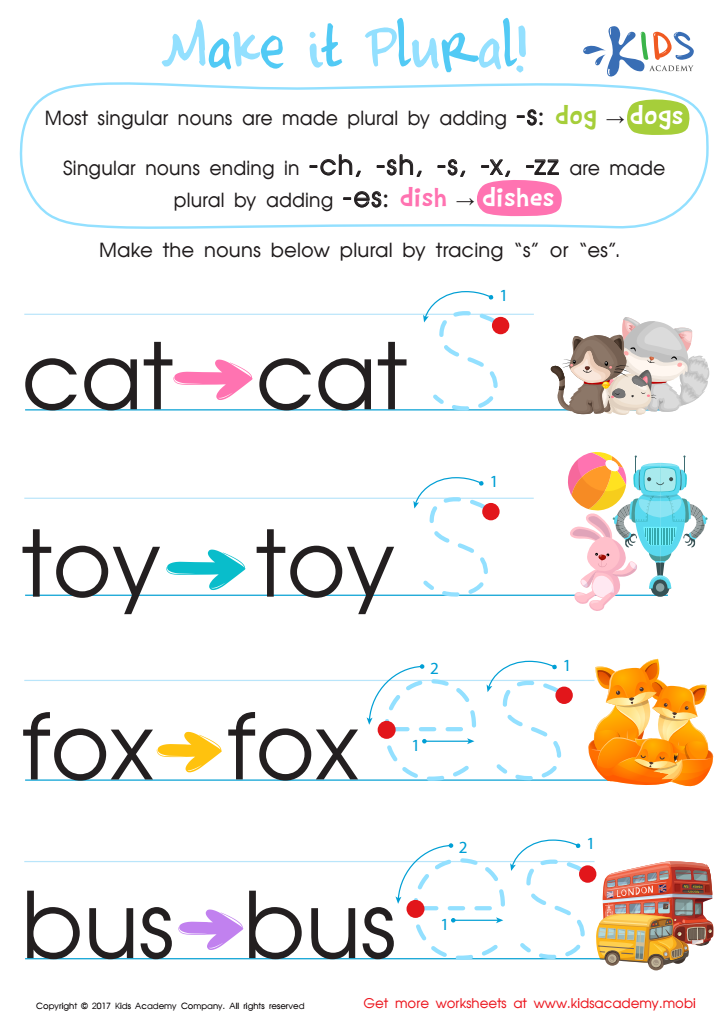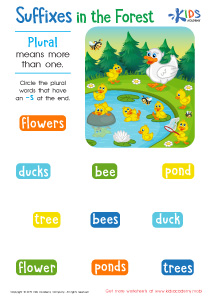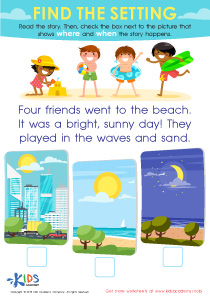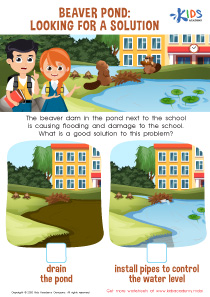Easy Tracing Letters worksheets activities for Ages 4-6
1 filtered results
-
From - To


Make it Plural Worksheet
Easy Tracing Letters worksheets activities are an invaluable resource for young learners embarking on the journey of literacy. These simple yet effective tools play a critical role in children's early educational experiences, offering numerous benefits that extend far beyond just learning to write the alphabet.
Firstly, Easy Tracing Letters worksheets help in enhancing fine motor skills. The act of tracing requires children to use their fingers in a coordinated manner, promoting dexterity and control. This improvement in motor skills is not only essential for writing but also beneficial for other tasks requiring hand-eye coordination, such as tying shoelaces or using scissors.
Secondly, these activities serve as an introduction to the letters of the alphabet, laying the foundation for reading and writing. By repeatedly tracing each letter, children become familiar with its shape and the sound it represents, reinforcing their phonetic understanding of the alphabet. This repeated exposure helps solidify their knowledge, making the transition to reading smoother and more natural.
Moreover, Easy Tracing Letters worksheets are designed to be engaging and fun, encouraging children to participate willingly. This positive association with learning can foster a lifelong love for reading and writing, setting the stage for academic success in the future. The simplicity of these activities means they can be easily incorporated into daily routines, ensuring consistent practice without overwhelming young learners.
In addition, these worksheets offer the flexibility to cater to individual learning paces. Children can take their time mastering each letter, allowing for a personalized learning experience that adheres to their unique developmental needs. This tailored approach ensures that all children, regardless of their starting point, can achieve success and build confidence in their abilities.
In conclusion, Easy Tracing Letters worksheets activities are a cornerstone of early literacy education. They not only aid in the development of fine motor skills and letter recognition but also instill a positive attitude towards learning. By integrating these simple yet powerful tools into early education, we can lay a strong foundation for our children's future academic endeavors.

 Assign to the classroom
Assign to the classroom












